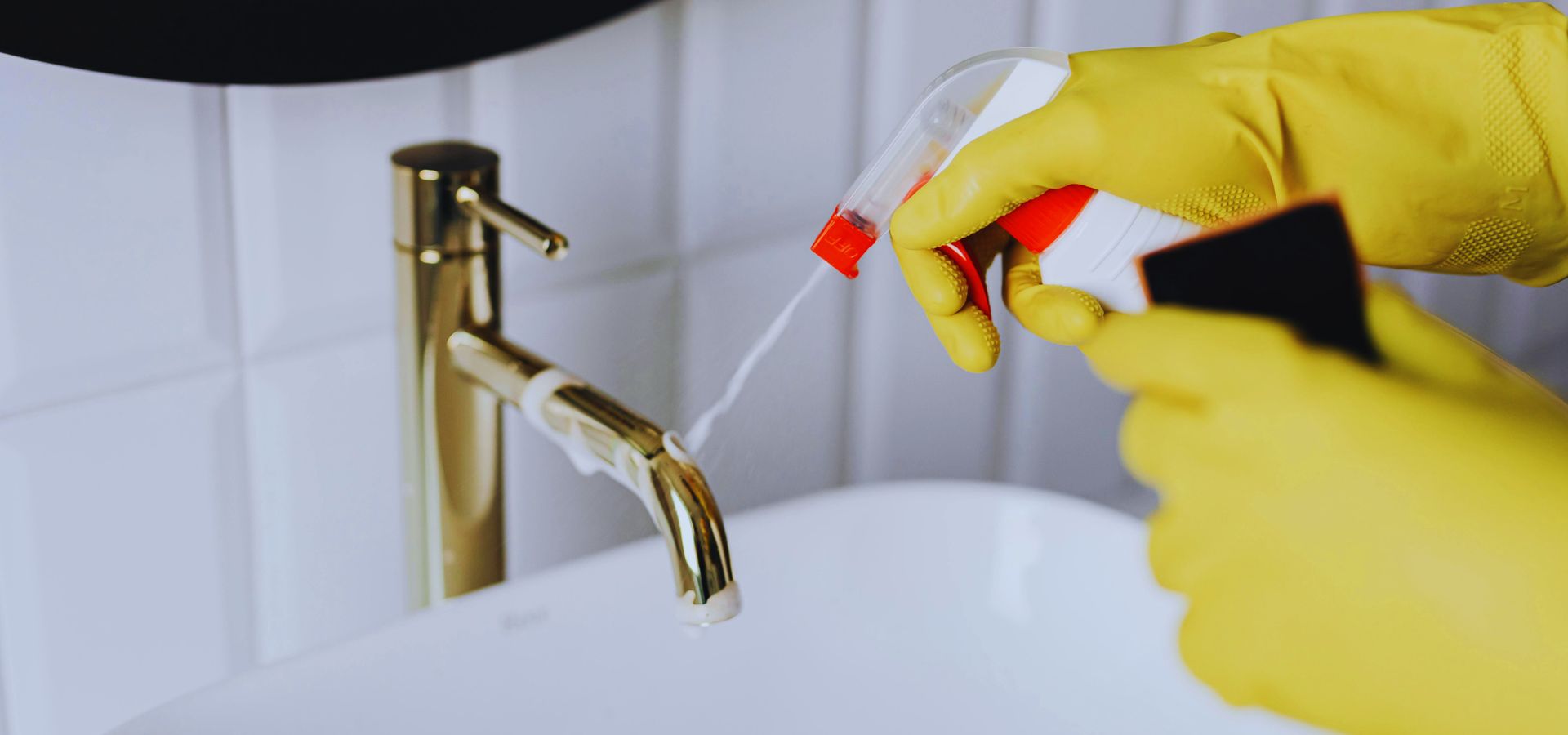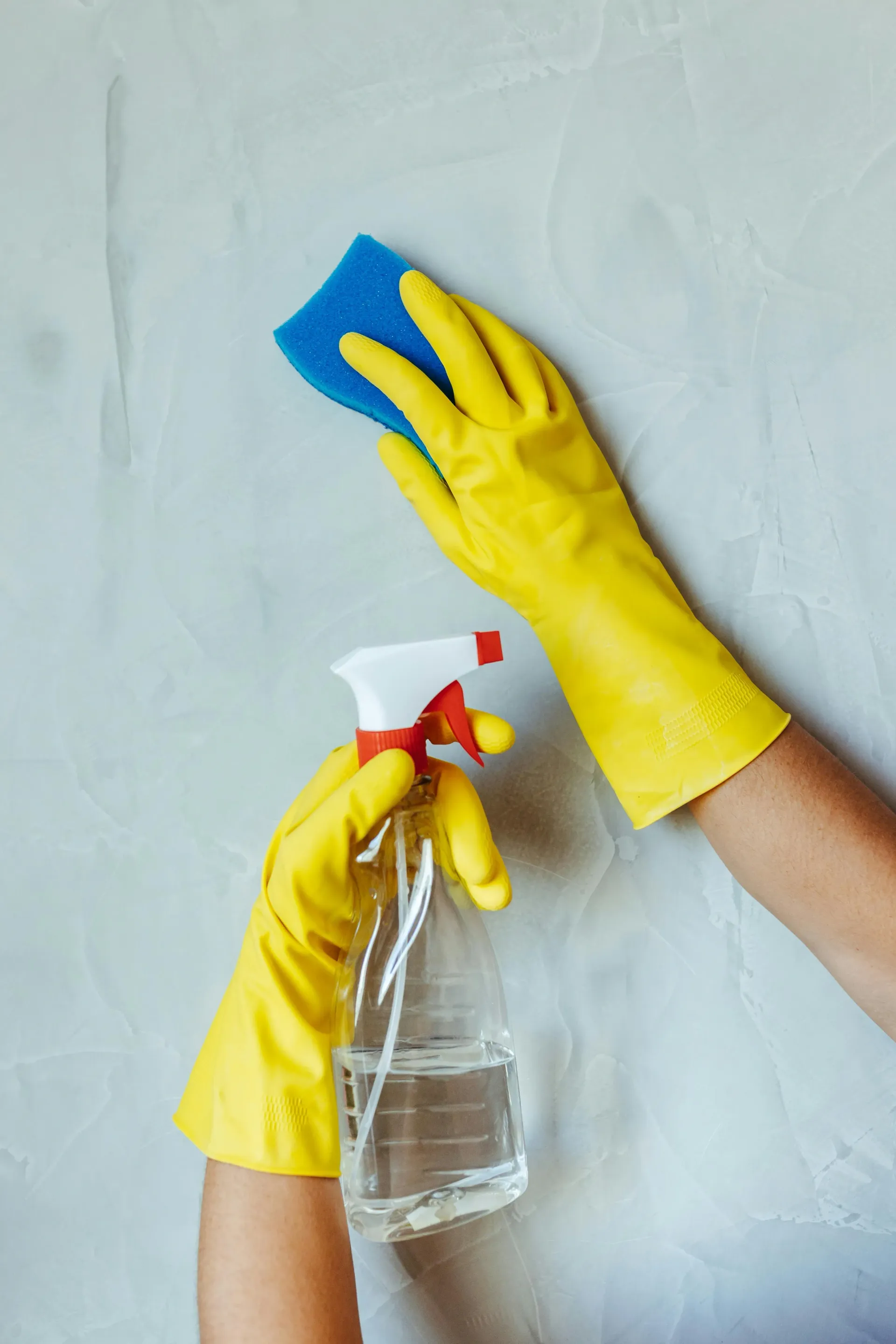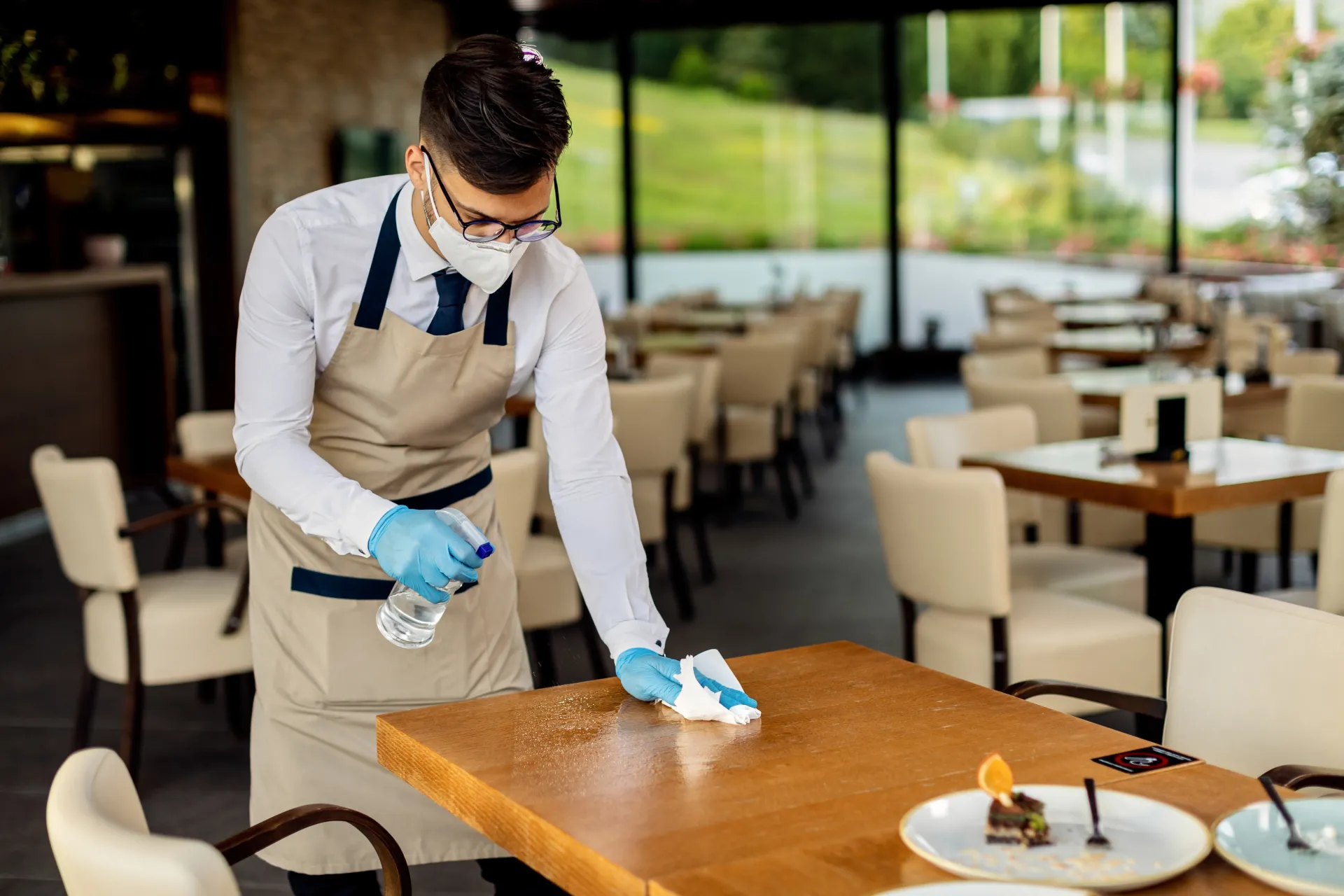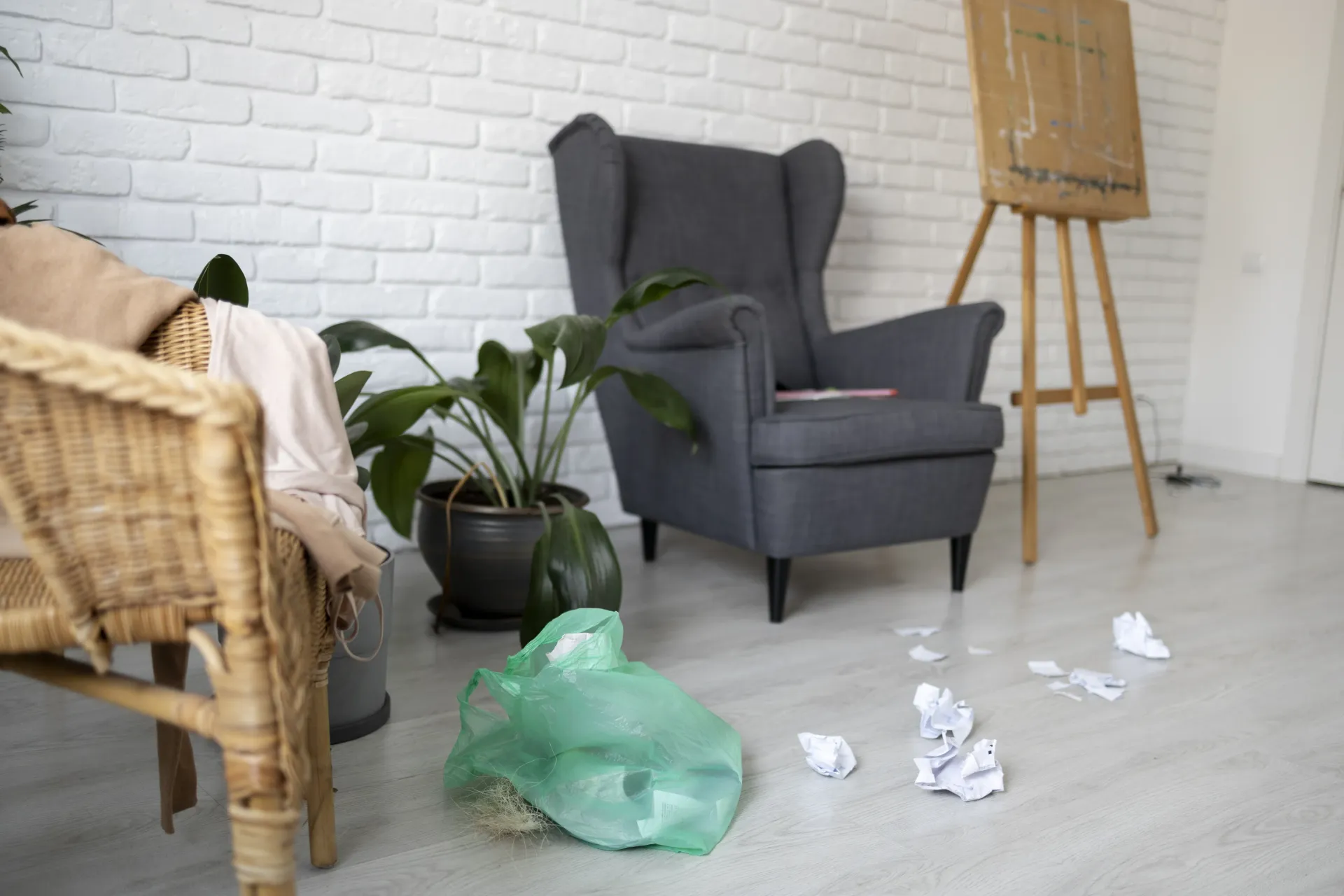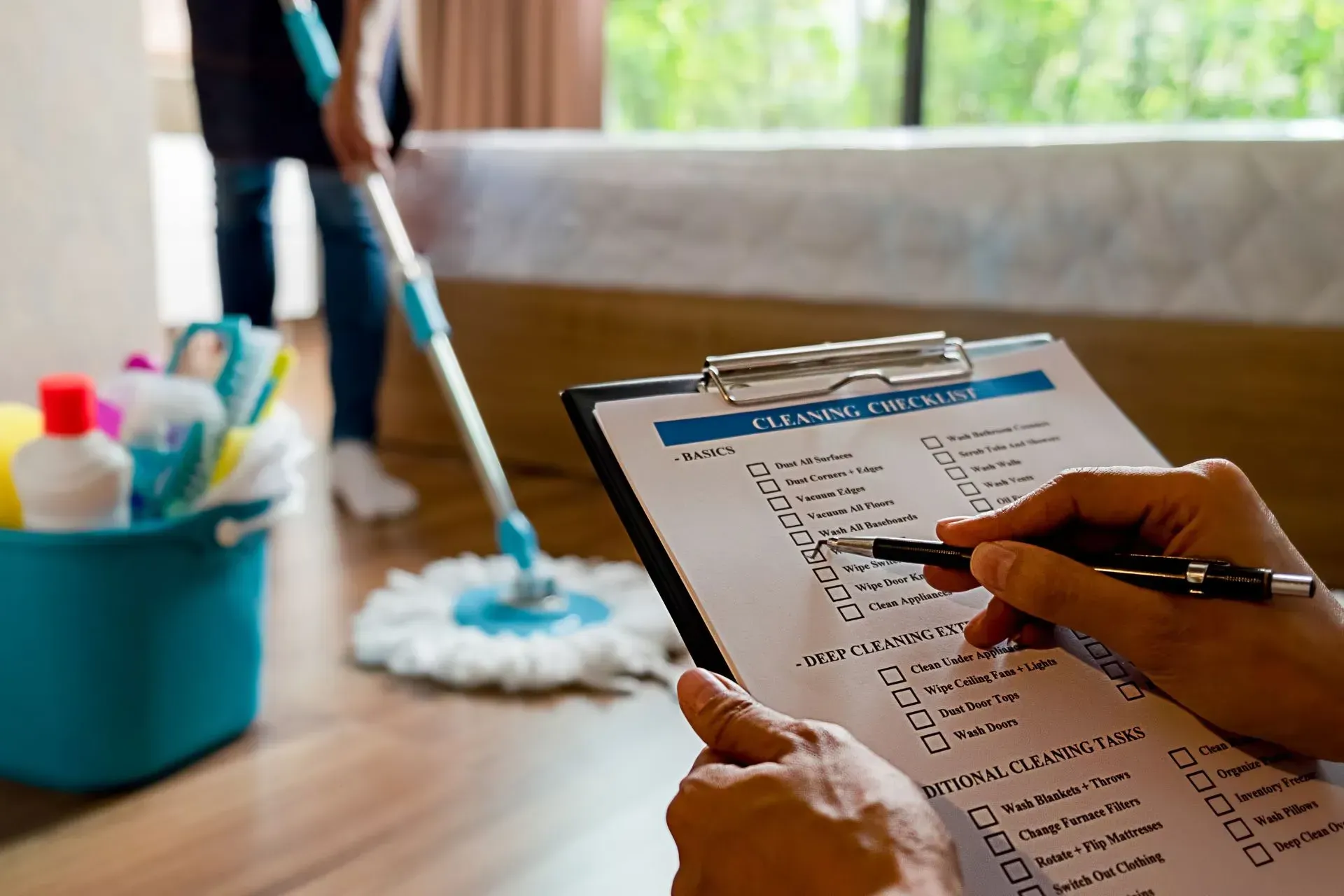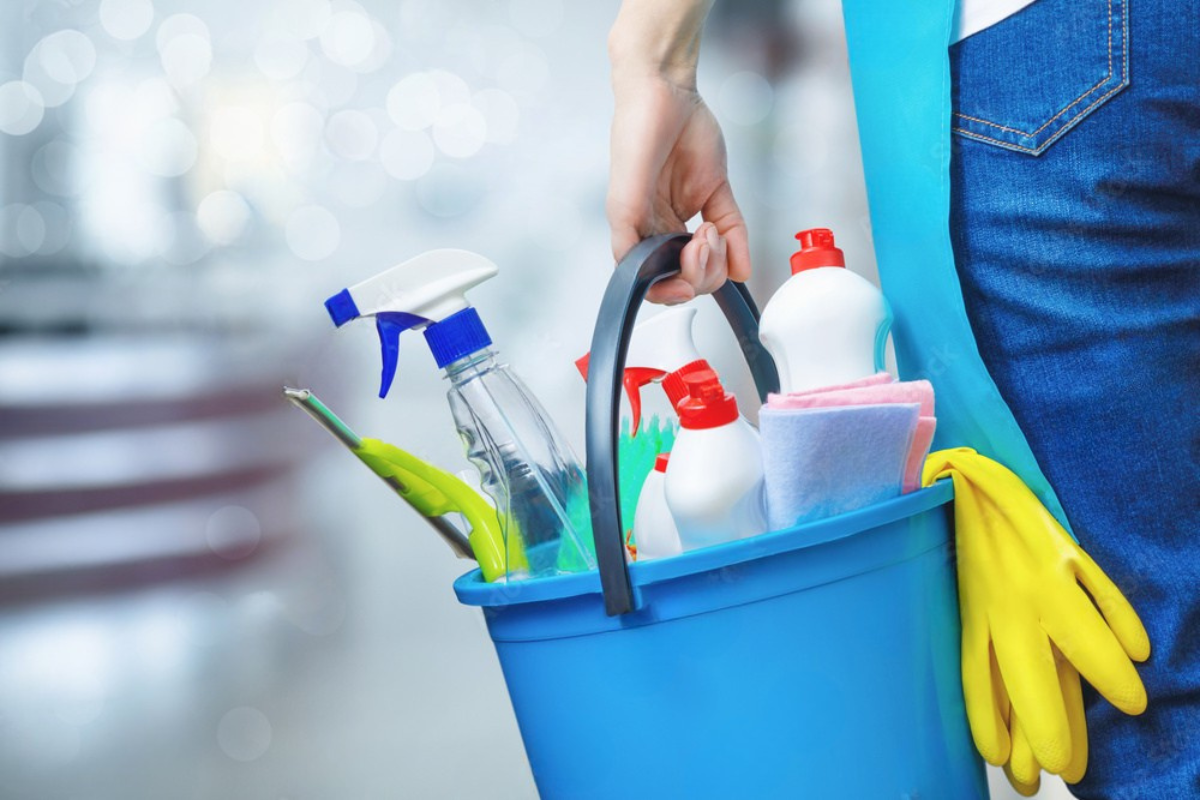Say Goodbye to Construction Dust: Safe Cleaning Tips After Renovation
Renovating your home is exciting. However, what follows the hammering, sanding, and drilling is a storm of construction dust that infiltrates every corner. The presence of lingering dust isn’t just annoying—it’s a serious health risk and a cleanliness challenge. This guide covers safe, effective, and expert-backed techniques to restore your home’s sparkle while keeping your lungs happy.
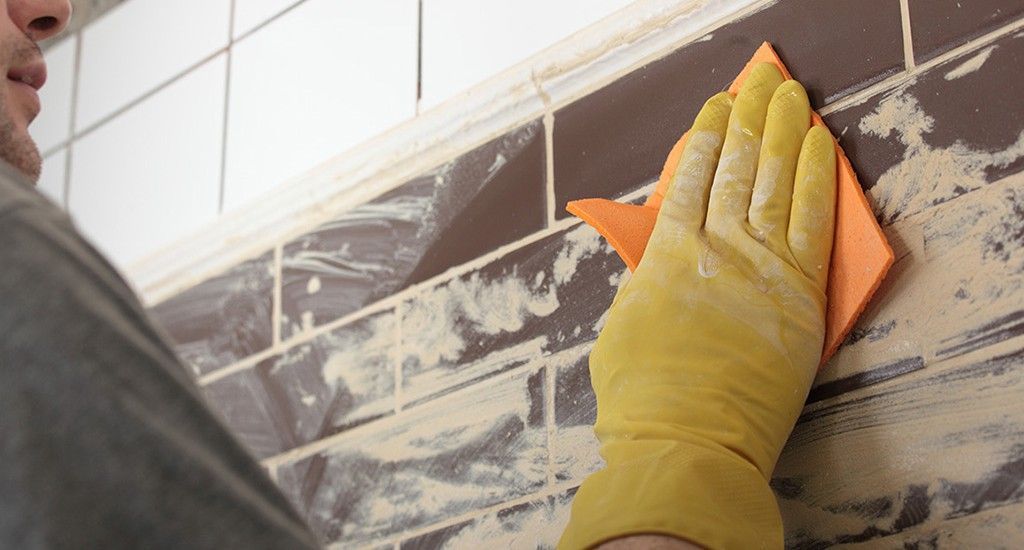
Understanding the Challenges of Post-Renovation Cleaning
Construction dust is no ordinary nuisance. It's a blend of microscopic debris from drywall, insulation fibers, sawdust, silica, paint particles, and more. Unlike regular household dust, these particles can stay suspended in the air for hours and settle in the most unsuspecting places—from your electronics to your closets.
Common Areas Where Dust Accumulates
Construction dust doesn’t discriminate. It finds its way into:
- Light fixtures and ceiling fans
- HVAC systems and air vents
- Inside kitchen drawers and cabinets
- Between baseboards and flooring seams
- Window frames and sliding door tracks
Even freshly sealed surfaces aren’t immune. That’s why surface-level cleaning simply won’t cut it.
Health Risks of Inhaled Construction Dust
Besides making your home look neglected, post-renovation dust poses respiratory risks. Inhalation of silica particles, often present in cement and drywall, has been linked to serious conditions like:
- Asthma
- Allergic reactions
- Lung fibrosis
- Chronic bronchitis
Children, elderly individuals, and pets are especially vulnerable. That’s why post-renovation cleaning must be prompt and thorough.
Why Regular Cleaning Isn’t Enough
A typical Sunday cleanup won’t do the trick after a renovation. Construction dust is ultra-fine and clings to surfaces, even after vacuuming or wiping. More importantly, stirring up dry dust without trapping it properly will just recirculate it into your air.
Safe Cleaning Tips After Renovation
Pre-Cleaning Preparations for Maximum Safety
Before diving in, prep like a pro:
- Ventilate the area by opening windows and doors.
- Seal off non-renovated rooms to avoid dust spreading.
- Cover vents and unplug electronics to prevent damage.
- Gather the right tools: microfiber cloths, HEPA vacuums, mops, and cleaning agents.
Best Personal Protective Equipment (PPE) to Use
Never clean post-construction without these:
- N95 or higher-rated respirator mask
- Protective gloves
- Safety goggles
- Long-sleeved clothing to prevent skin irritation
These aren’t just overkill—they’re essential for health protection.
Dusting Techniques That Actually Work
Here’s where strategy matters:
- Start high and go low—begin with ceilings, shelves, and work your way down.
- Use damp microfiber cloths, not dry rags. Dry wiping can launch dust back into the air.
- Don't skip overlooked areas like door frames and light switch panels.
The Role of HEPA Filters in Cleaning
High-Efficiency Particulate Air (HEPA) filters trap 99.97% of particles as small as 0.3 microns. They are game-changers when used in:
- Vacuum cleaners
- Air purifiers
- HVAC filters
You should run a HEPA air purifier during and after cleaning to keep airborne dust from resettling.
When to Use Dry Dusting vs. Wet Wiping
- Use dry dusting with electrostatic cloths for electronics.
- Use wet wiping on counters, furniture, and baseboards.
- Avoid soaking surfaces, especially wood, to prevent warping.
Cleaning Floors After Construction Dust
Best Methods for Hardwood Floors
- Start by vacuuming with a soft-bristle brush attachment.
- Follow with a slightly damp microfiber mop.
- Avoid harsh chemicals; use a pH-neutral wood cleaner.
Safe Cleaning Tips for Carpets and Rugs
Carpets are dust traps:
- Use a HEPA vacuum with strong suction.
- Go over each area at least 3–4 times in different directions.
- Steam clean if needed to remove deeply embedded particles.
Dealing with Tile and Grout Dust Buildup
Tile is forgiving, but grout isn't:
- Vacuum tile surfaces first.
- Use a baking soda paste for scrubbing grout lines.
- Finish with a mop and a vinegar-water solution for shine.
Walls, Ceilings, and Vents
How to Safely Clean Painted Walls
Painted surfaces are fragile:
- Use a dry microfiber cloth or soft brush.
- For tougher stains, a mild soap and water mix is safe for most wall paints.
- Avoid scrubbing with abrasive pads.
Cleaning Ceilings Without Creating More Dust
Ceilings gather tons of dust:
- Use an extendable microfiber duster.
- Follow with a HEPA vacuum attachment if texture allows.
- Repaint if stains or dust streaks remain.
HVAC Systems: How to Clean Vents and Ducts
- Remove and wash vent covers with soap and water.
- Vacuum ducts using a long hose extension.
- Replace old filters with HEPA-certified versions.
- Consider professional duct cleaning for deep dust removal.
Window and Surface Restoration
Removing Dust from Windows, Frames, and Tracks
- Vacuum window tracks thoroughly.
- Use a toothbrush or narrow brush for corners.
- Wipe glass with vinegar and water for a streak-free finish.
Cleaning Countertops, Cabinets, and Furniture
- Start with a dry dusting pass, then wipe with a damp microfiber cloth.
- Don't forget cabinet interiors and drawers.
- Polish wooden furniture with natural oils for shine.
Disinfecting Surfaces Post-Renovation
Even if surfaces look clean, dust often carries bacteria:
- Use EPA-approved disinfectants.
- Let surfaces air dry after disinfection for best effect.
- Prioritize high-touch areas like knobs, switches, and faucets.
Specialized Equipment for Post-Renovation Cleaning
Air Scrubbers: What Are They and Do You Need One?
Air scrubbers purify massive volumes of air using HEPA filters. Rent or purchase one if:
- Renovation involved extensive drywall or paintwork
- Family members have respiratory issues
- You want a faster dust elimination process
Industrial Vacuums vs. Household Models
An industrial vacuum:
- Has stronger suction
- Features bigger dust canisters
- Is equipped with multi-layer filtration
Use it for initial deep cleaning, then switch to household models for regular upkeep.
Steam Cleaning: A Powerful Option for Deep Cleaning
Use steam for:
- Tile, laminate, or sealed hardwood
- Furniture and upholstery
- Eliminating bacteria without chemicals
Eco-Friendly Cleaning Tips
Natural Dust Removers That Work
Try these:
- Vinegar-water mix (50/50)
- Lemon juice for glass
- Baking soda for tough stains
All are effective and gentle on surfaces.
Green Products for Safe Indoor Use
Brands like Seventh Generation and Ecover offer:
- Non-toxic formulas
- Biodegradable ingredients
- Zero synthetic fragrances
How to Reduce Future Dust Buildup Naturally
- Add indoor plants like peace lilies or ferns.
- Use doormats to reduce dirt entering the home.
- Keep a weekly cleaning schedule using natural cleaners.
Professional Help vs. DIY
When to Hire a Cleaning Service
Hire pros when:
- The dust level is overwhelming
- You have allergies or health concerns
- You want a deep, one-time clean-up
Questions to Ask Before Hiring Cleaners
- Do they use HEPA equipment?
- Are products eco-friendly and non-toxic?
- Can they handle construction-level cleanups?
Pros and Cons of DIY Cleaning Post-Renovation
Pros Cons
Saves money Time-consuming
Personal control Physically exhausting
Customizable Risk of missing key areas
Post-Cleaning Maintenance
How Often to Clean After Renovation
- Daily: Wipe surfaces and vacuum
- Weekly: Mop floors and dust shelves
- Monthly: Clean air filters and vents
Daily Habits That Prevent Dust Reaccumulation
- Remove shoes indoors
- Use doormats at every entrance
- Keep pets groomed and bathed
Tools You Should Always Keep Handy
- Microfiber cloths
- HEPA vacuum
- All-purpose cleaner
- Duster with extendable handle
FAQs About Cleaning After Renovation
How long does construction dust stay in the air?
Up to 48 hours or longer without air purification.
Can construction dust damage electronics?
Yes, it can clog fans and overheat circuits.
Should I clean air vents after renovation?
Absolutely. They trap and spread fine dust particles.
Is it safe to sleep in a house just renovated?
Not until a thorough cleanup is done, especially if drywall or paint was used.
How do I know I removed all the dust?
Check corners, vents, and under furniture. Use a white cloth to test for residue.
Can I do this cleaning myself?
Yes, but consider a
Cleaning Service if you're short on time or energy.
Conclusion
Renovation should enhance your living space—not compromise it with dust and debris. By using the right tools, techniques, and safety measures, you can safely eliminate construction dust and restore a fresh, breathable environment. Whether you do it yourself or hire a trusted Cleaning Service, never underestimate the importance of thorough post-renovation cleaning. It’s the final (and most crucial) polish your project deserves.
Links:
